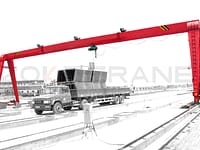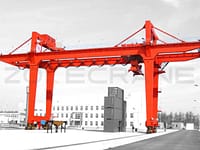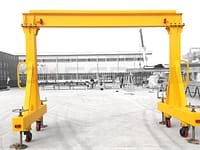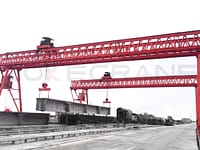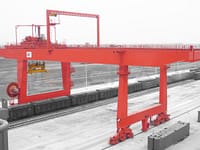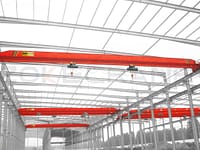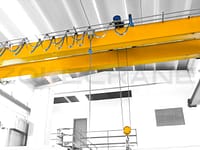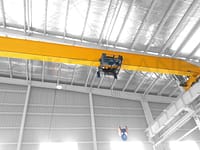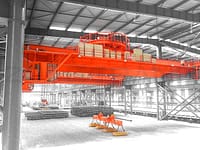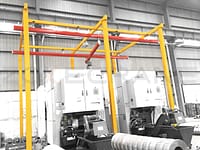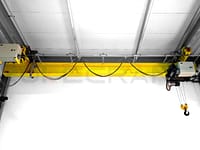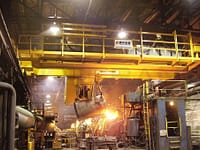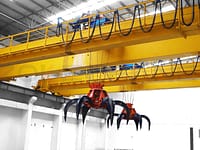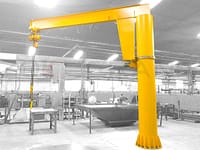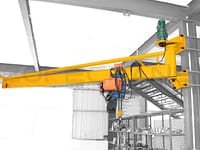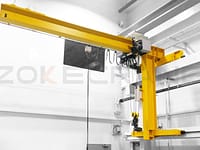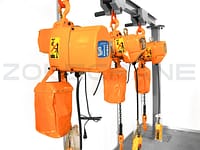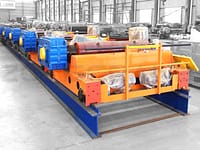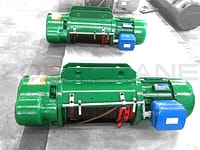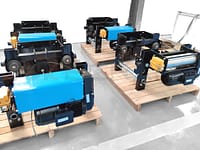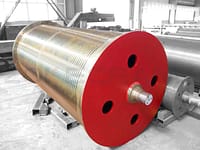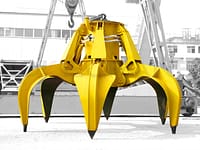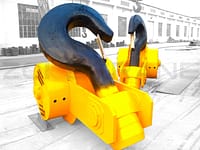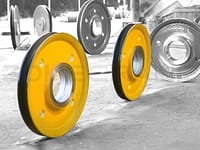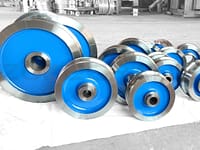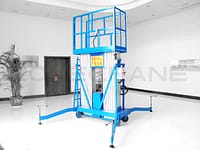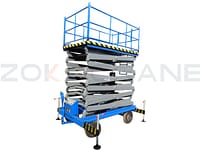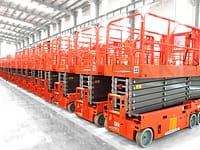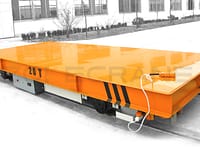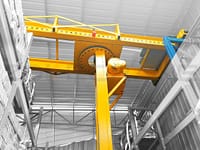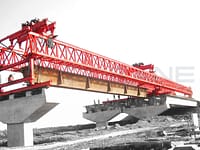The overhead crane installation process takes you from the purchase of the overhead crane to the completion of the installation, securing project dates and controlling your budget. View the bridge crane installation guide to get your bridge crane installed effectively now.
Overhead Crane Installation
Once you have selected the type of crane for your application, selected the crane manufacturer as your supplier, and the crane purchase contract has been signed, crane installation will be on the agenda.
Procedure and timeline for crane installation:What happens after the crane purchase contract is signed and the steps that occur between the crane installation arriving at your facility and the start of installation.
As a leading crane system manufacturer and installer, we understand how many moving parts and components are involved in the crane installation process and are summarizing the bridge installation process from start to finish for your reference to help you understand the following information about overhead crane installation.
The communication between your team and the crane installer prior to the crane installation, and what information the installer needs to know about your facility or construction site prior to installation.
Whether this is your first crane installation or you've been through multiple crane installations, we hope you've learned something to help your next installation go as planned, stay within budget, and ensure the safety of your workers.
Pre-installation of cranes
Crane installation should be considered at the outset of your crane purchase. During the crane inquiry, your crane builder will also incorporate the crane installation into the crane design by reviewing drawings or building floor plans to provide the best crane design for your application.
When the crane is in the final stages of assembly, the installer will establish contact with the customer and schedule time to visit and analyze the proposed installation site. The crane installer will review generic drawings, plans or building plans of the crane equipment to give the best estimate of what is needed to install the crane in the customer's facility. Crane installation typically takes 2-10 working days, with more complex crane installations taking longer.
Once all the tools, installation equipment, materials and other preparations are completed, crane installation can proceed continuously. Interrupting their time, or stopping and restarting the installation, may increase the cost of your crane installation.
Approximately one month from the anticipated project completion date, the crane installation team will contact the customer or general contractor to establish contact with the necessary parties. The following items should be set up :
- Introductions between the installer and the general contractor or those who will be involved in the installation.
- Determine a time out to analyze the job site or facility.
- Agree on an expected date for the installation.
- Be aware that this is a fluid process and dates may change due to production schedules and/or construction delays.
- Establish a weekly status call to determine if the project is still on track.
- This helps maintain an open line of communication to address any issues or challenges that may affect the installation timeframe.
Before installing an overhead crane, the installer needs to visit and analyze the proposed building or job site to obtain bearings, understand the layout, and identify any potential hazards or obstacles.

Scope of Work Evaluation
Upon receipt of a crane purchase order contract from your crane builder, your crane installation team will contact you and schedule a meeting with your team on site.
Typically, the maintenance supervisor or plant manager for an existing facility installation, or the general contractor for a new construction site, will attend the meeting.
The crane installation team will review all signed approved drawings and your building drawings to understand the space they will be working in and to evaluate the span of the crane, length of the overhead structure, etc.
The crane builder will prepare and bring to the installation site a list of equipment and materials that may include:
- Semi-truck
- Trailers
- Flatbeds
- Mobile installation cranes
- Generators
- Scissor lifts
- Protective equipment (including fall protection equipment)
Overhead cranes will be loaded onto flatbed trailers and hauled to the site, so installers need to have free and clear access so that trucks, mobile cranes and personnel can move freely in and out of the facility without interference.
Working with the plant's general contractor or production team, installers need to have a clear understanding of the crane installation schedule.
They need to be aware of production or construction issues that may occur that could cause delays in the crane installation schedule.
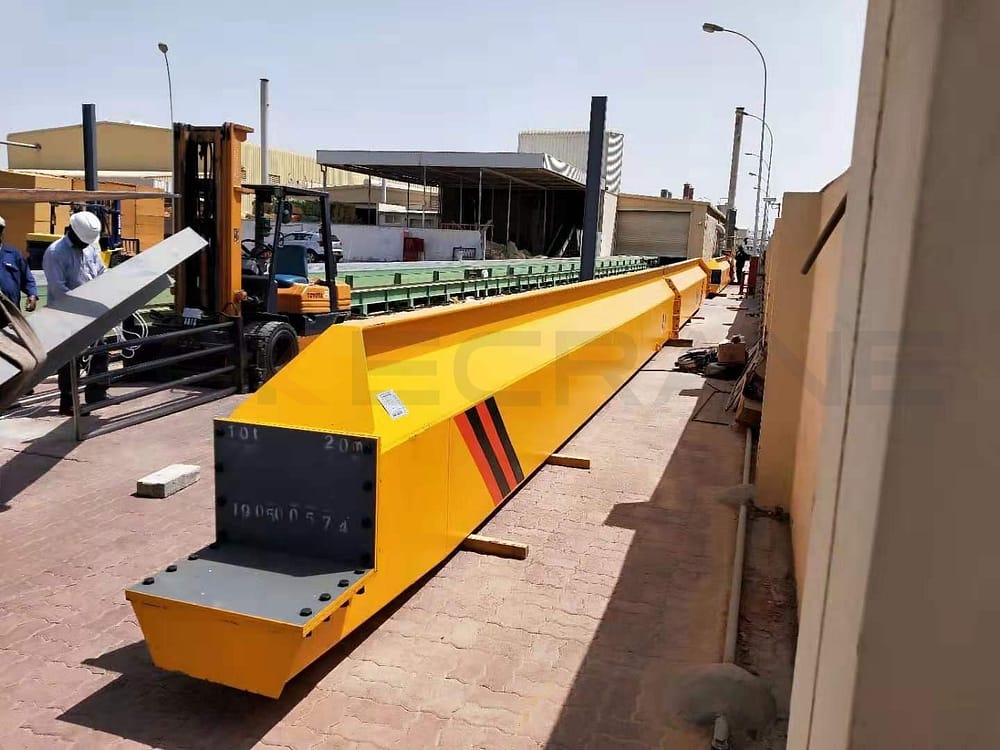
Inspecting the area where the crane will be installed
Checking the location of the crane installation will take some time and the installer will need to know about any related work: electrical and gas piping installation, concrete or other masonry work, plumbing, light fixtures, HVAC/plumbing work, roofing work.
On a new construction project, they will begin roping off the area to let the general contractor know what areas need to be cleared during the crane installation process.
The crane installer will also identify obstacles, determine any equipment or machinery that needs to be removed so that their trucks and equipment can access the facility's grounds, create a staging area, and have free and clean ground to access the site.
During the site visit, the crane installation team will ensure that all subcontractors are aware of the schedule, as well as other work that may occur during the installation.
The crane installation schedule is as follows:
- Electrical and gas piping installation
- Ongoing concrete or other masonry work
- Overhead chandeliers
- Ductwork/roofing work
- Piping
For cranes entering an existing building structure, they will rope off or mark the areas that will be used for installation.
Often, they will have other subcontractors paint or mark load levels on the floor and structural supports so they can identify these load levels once all the equipment and trucks arrive.
Crane installers also make note of any obstacles they may need to deal with and take photos of the building layout to share with their team so they can develop a workable plan.
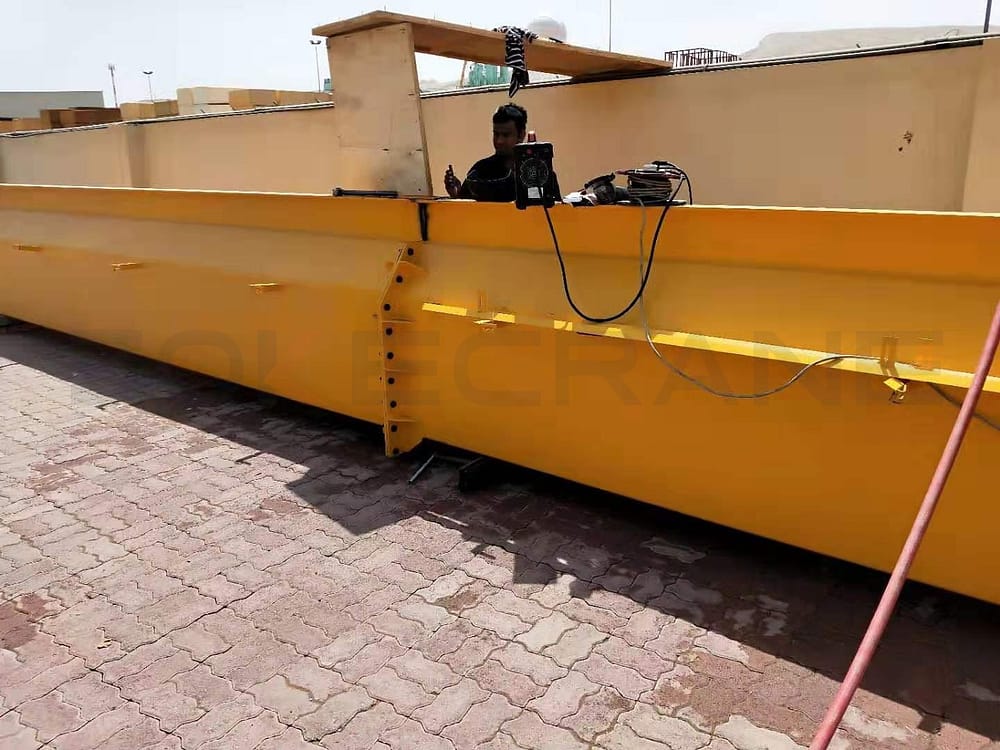
Obstacles to be aware of :
- Determine the type of flooring (concrete, dirt, etc.) and understand the load requirements for heavy equipment and trucks
- Determine the load requirements of the existing runway structural support beams
- What equipment or machinery will be operated during the installation and which employees, if any, will be working in the vicinity of the area?
Identify potential hazards and obstacles
The crane installation team will identify all potential hazards and obtain the required specialized protection (PPE), specialized permits, training and other special considerations for their team to ensure safety during crane installation.
Prior to installing an overhead crane, determine the type of hazard:
- Energy sources-overhead electrical or gas piping, power/conductors, lighting fixtures, etc.
- Traffic sources-Man-powered elevators, forklifts, semi-trailers and trucks, personal vehicles, sidewalks, pedestrian traffic, etc.
- Environment - Presence of excessive heat, hot metals, chemicals, etc.
- Working at heights - anything over 4 feet, ladders, scaffolding requires proper fall protection
- Hazardous energy - Identify any equipment that needs to be locked/tagged per OSHA 1910.147
- Any other hazards as determined by the customer or installation team
Check the details of the crane runway system
The following are the types of hazards that overhead crane installers need to be aware of before installing an overhead crane:
- Verify that the crane's runway system is aligned
- Verify that pulling forces can be generated
- Whether all load ratings meet the specifications of the crane system
Whether the crane installer is building a new runway system or utilizing an existing one, the installer must plan accordingly and evaluate in advance to ensure that the crane installation goes smoothly.
Evaluation of existing runway system:
- Confirm span dimensions according to approved plans.
- Check runway beams and electrification system to ensure everything is properly aligned to prevent operational problems and to ensure premature wear of crane components due to misalignment.
- Runway system alignment.
Evaluation of new runway systems:
- Review of all approved drawings and specifications.
- Verifying measurements and supporting load levels.
- Identify any process lines, mechanical or other items that may interfere with the installation.
- Verify that power is being obtained from the building and all electrical work and that all electrical work will be completed by the scheduled installation date.

Confirm crane installation date
There are many moving parts and components:All of these need to be coordinated for crane installation.
The crane installation schedule should be communicated to all relevant personnel such as:trucks and drivers, mechanical installers and fitters, hoists, crane operators, electrical and crane technicians, etc.
Once the installation schedule is agreed upon, everything starts moving at full speed to coordinate logistics, transportation and scheduling of workers, materials and equipment.
As you get closer to the actual installation date, phone calls and conversations with the installation program will become more frequent so that any changes in scheduling, staffing or production can be communicated in order to adjust the crane's scheduled installation timeframe.
Also, consider all the different people involved in the installation process and coordinate all the work involved in their schedules:
- Truck drivers
- Mechanical installation and mechanical assembly
- Loader and unloader, mainly responsible for the unloading and installation of the equipment
- Crane operators
- Electrical specialists
- Technicians for cranes
Depending on the agreement or contract with the installation team, it will clearly state that if any type of delay occurs within the 7-30 day cancellation window, you will be required to pay substantial costs associated with paying employees' salaries and equipment rentals.
Therefore, it is very important to have ongoing communication with the crane installation team and to immediately address any issues or concerns that may arise during the installation.

Overhead crane load test
OSHA requires a rated load test prior to the first use of the crane to ensure proper operation of the crane.
Load tests can be performed using a variety of materials, including concrete, steel, or water weight bags.
The load test consists of two operational tests and a rated load test prior to initial use:
- Hoist up and down run test.
- Bridge travel.
- Trolley travel.
- Limit switches, brakes and safety devices.
- Test the trip setting of the hoist limit switches to ensure that the limit switch actuators are working properly.
- Load test cranes at no more than 125% of rated load and maintain test reports in easily accessible files.
At ZOKE CRANE, we provide complete installation, load testing and start-up services for every crane we sell.
Installing overhead lifting equipment requires experience and attention to detail to prevent potential safety hazard issues.
ZOKE CRANE offers unparalleled experience and expertise in the installation and start-up of the following products:
- Hoists
- Electrification systems
- Runways
- Cranes
We provide complete installation, load testing and start-up services for every crane we sell.
If you are looking for an experienced and reliable crane manufacturer partner or want to schedule a consultation, you can contact us and we offer free quotes and consultations for every project!
